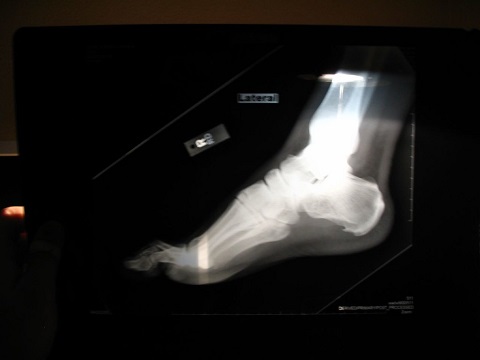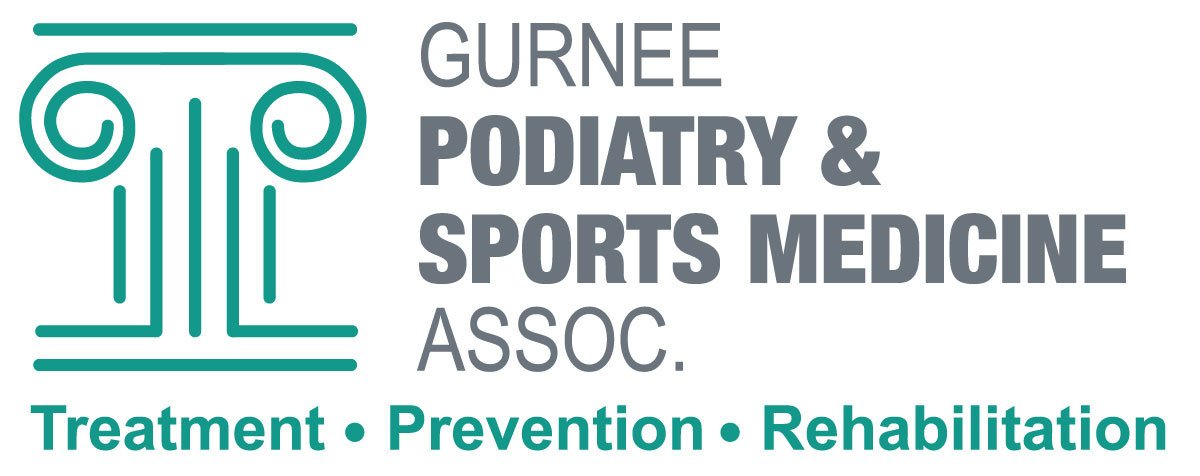A Guide to Preventing Bone Spurs
Here at Gurney Podiatry & Sports Medicine, we treat a wide variety of conditions related to feet and ankles. While we’re skilled in treatment, we prefer to prevent injuries and adverse conditions. One condition that we commonly assess for, treat, and aim to prevent is bone spurs.
What Are Bone Spurs?

The technical term for bone spurs is osteophytes. The prefix “osteo” refers to bones, while the suffix “phyte” refers to growth. Therefore, the term osteophyte means bone growth. Many can be unnoticeable except when you have imaging done. However, depending on the location and the size of the bone spur, they can cause pain, restriction of movement, and other symptoms that require intervention.
Bone spurs can occur anywhere that there’s bone that has some soft tissue attached, or at a joint in which the 2 sides of the joint rub or bump together improperly causing excessive bone to start appearing. These can occur in your hands, feet, knees, ankles, hips, and spine. Since they can, and commonly do, occur in feet, podiatrists are often involved in the care, prevention, and treatment of bone spurs.
What Causes Bone Spurs?
While we here at Gurnee Podiatry & Sports Medicine Associates can certainly assist with the treatment of bone spurs, we’d much rather help you prevent them from ever forming.
One of the keys to preventing bone spurs from developing is to be aware of what can cause them. While bone spurs can develop seemingly without any cause in healthy individuals, there are also factors that can increase your risk of developing them. Recognizing and avoiding these risk factors can help save you discomfort.
What Are the Risk Factors for Developing Bone Spurs?
While bone spurs can happen at any age, the likelihood of them occurring does increase after the age of 60. Another predominant risk factor is the presence of osteoarthritis. This is a common degenerative joint disease. Osteoarthritis begins when the cartilage between bones in a joint begins to break down. Throughout the course of the disease, this damage leads to there being a lack of cushion between your bones, which in turn causes damage to them. One form of this damage can be bone spurs.
Generally, anything that causes additional stress to your joints, especially if it’s high-impact or repetitive stress. Athletes can be at higher risk for developing osteophytes because of the movements and impact involved with many sports. Think of all the activities, such as running, that involve repetitive stress to knees, feet, and ankles. Obesity can also increase your risk of developing bone spurs. This is because your joints have to consistently support more weight than they’re intended to.
Genetics can also play a role in the development of spurs, although it isn’t precisely predictable. If your family has a history of osteoarthritis or other bone conditions, it can increase your risk. Another factor is the type of shoes that you wear. They directly impact the health of the bones in your feet and ankles. Consistently wearing shoes that don’t provide the proper support or that put pressure on your foot can undoubtedly lead to the formation of bone spurs.
How Can Bone Spurs Be Prevented?
Not every bone spur can be prevented or predicted. If you or your family have a genetic predisposition for bone problems, you can’t change those genes. However, acknowledging that that places you at an increased risk can help you take care of your joints to offset that hazard.
Exercise
In general, you can help prevent bone spurs by taking care of your joints. This means minimizing the stress that’s applied to your joints. While exercise can be helpful, it needs to be balanced. If possible, alternate high-impact activities with low-impact ones. By doing this, you’ll make sure that you remain active while reducing stress. Examples of low-impact activities include swimming, walking at a moderate pace, and yoga. Paradoxically, not exercising can increase your risk of developing a bone spur as well. This is because you need a certain level of muscle mass to support joints and their movements.
For some people, limiting high-impact activities isn’t always possible. We know firsthand all of the exercises and movements that athletes have to do every single day for their careers. In these cases, we can develop a plan to support your bone and joint health while keeping you active. This often means making sure you have shoes that fit correctly, fitting you for orthotics, or prescribing braces.
Another key factor in reducing joint stress for some individuals is getting to or maintaining optimal body weight. While the weight loss process may initially involve some pressure on your joints, in the long run, it’ll provide relief.
Diet
Regardless of your weight, maintaining a healthy food intake can decrease your risk of developing a bone spur if it is related to joint arthritis. Being overweight can exponentially increase the possibility of developing arthritis and bone spurs especially at the knee. A well-balanced diet can help support your muscles, cartilage, and bones. We typically recommend that you take Vitamin D and calcium to support your bones and associated structures. This can be obtained through dietary choices or by consuming supplements.
Foods that reduce inflammation will also help joint pain to subside. This is because, over time, inflammation causes significant damage to your joints. Reducing inflammation is especially important if you have a condition such as osteoarthritis. In this case, you should consider incorporating anti-inflammatory foods such as blueberries and turmeric into your diet.
Joint Injections
If you’re still noticing joint inflammation after you alter your diet, you can also include numerous helpful supplements that are designed to treat inflammation of tissues and joints which may help with diminishing spurs. Many people find sufficient relief from over-the-counter non-steroidal anti-inflammatory drugs, but some people may need injections to relieve their symptoms. Dr. Schoene and Dr. Bever feel steroid injections into joints only speed up any degeneration of cartilage and so we suggest other non-steroid options for joint injections.
While all of these tips may help you avoid the development of bone spurs, you may still experience this condition. If so, you may not need to do anything more than the steps described above. It’s possible for a bone spur to require surgical intervention, but we’re experts in podiatric surgery.
Bone Spur Treatment in Chicago, IL
Whether you’re concerned about your overall foot health, developing a bone spur, or needing surgical intervention, we’d love to help you. Dr. Bever and Dr. Schoene can evaluate your condition and the rest of our professional team can assist you in prevention or treatment.
Image by Steve Burt | Licensed with CC BY-SA 2.0
